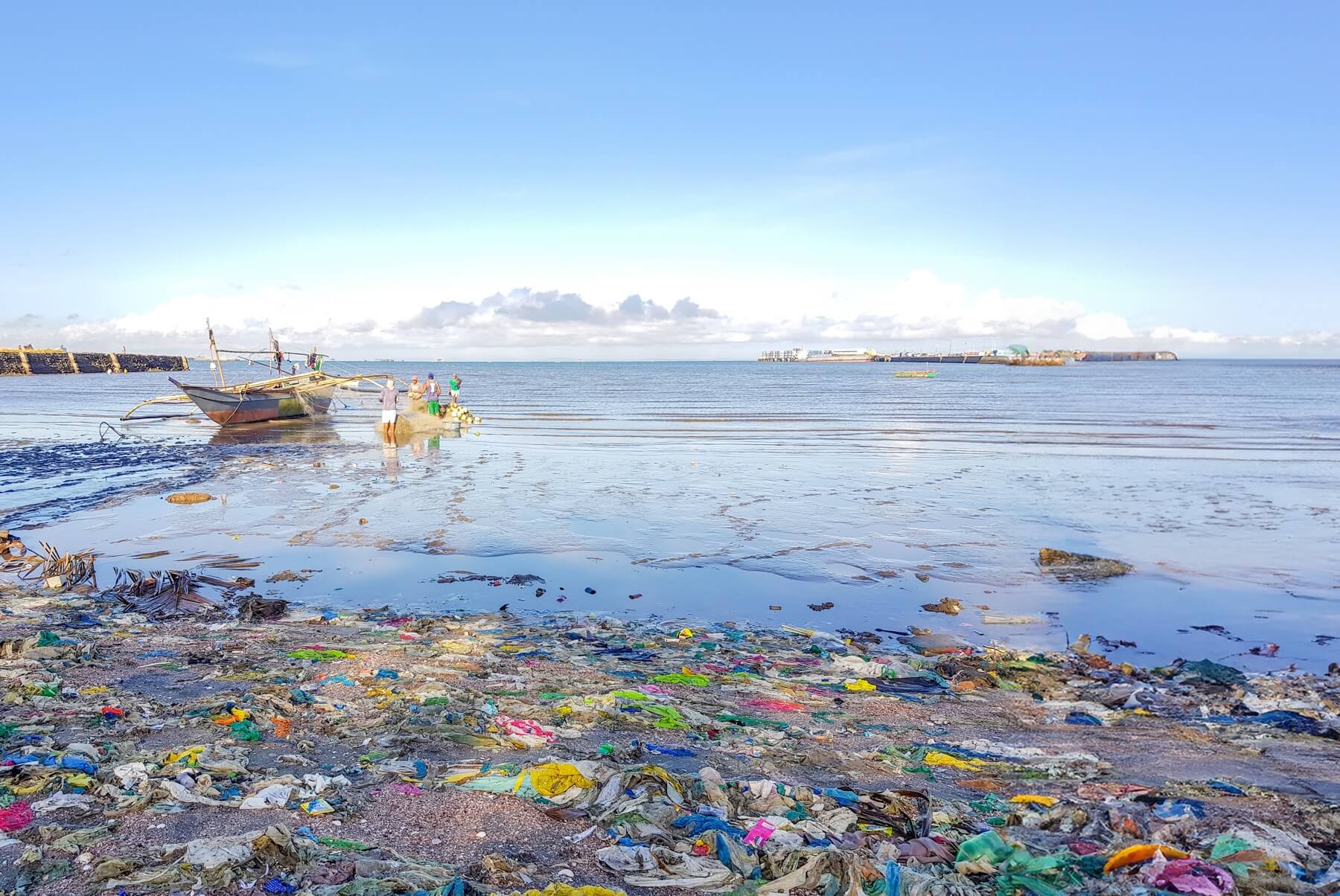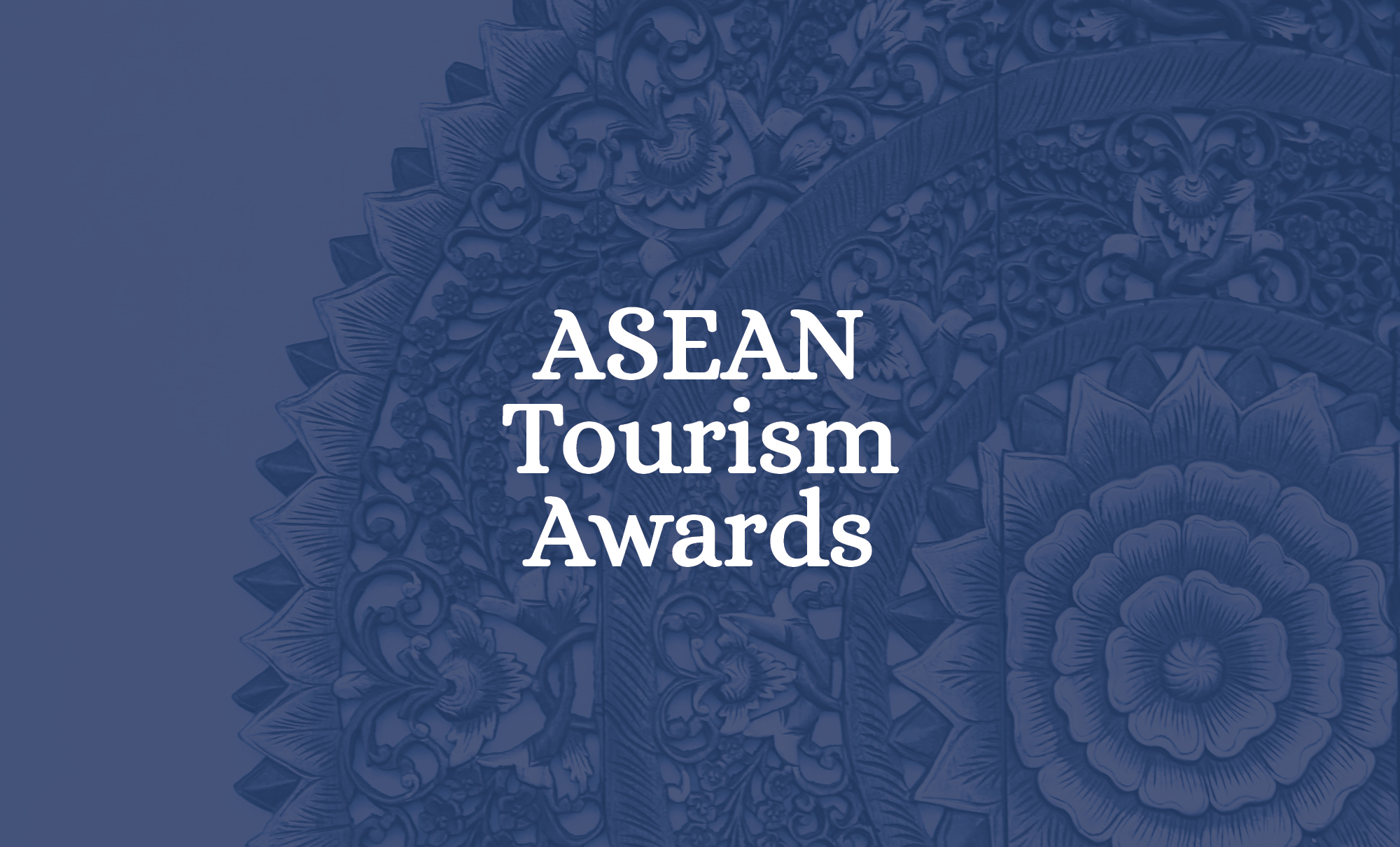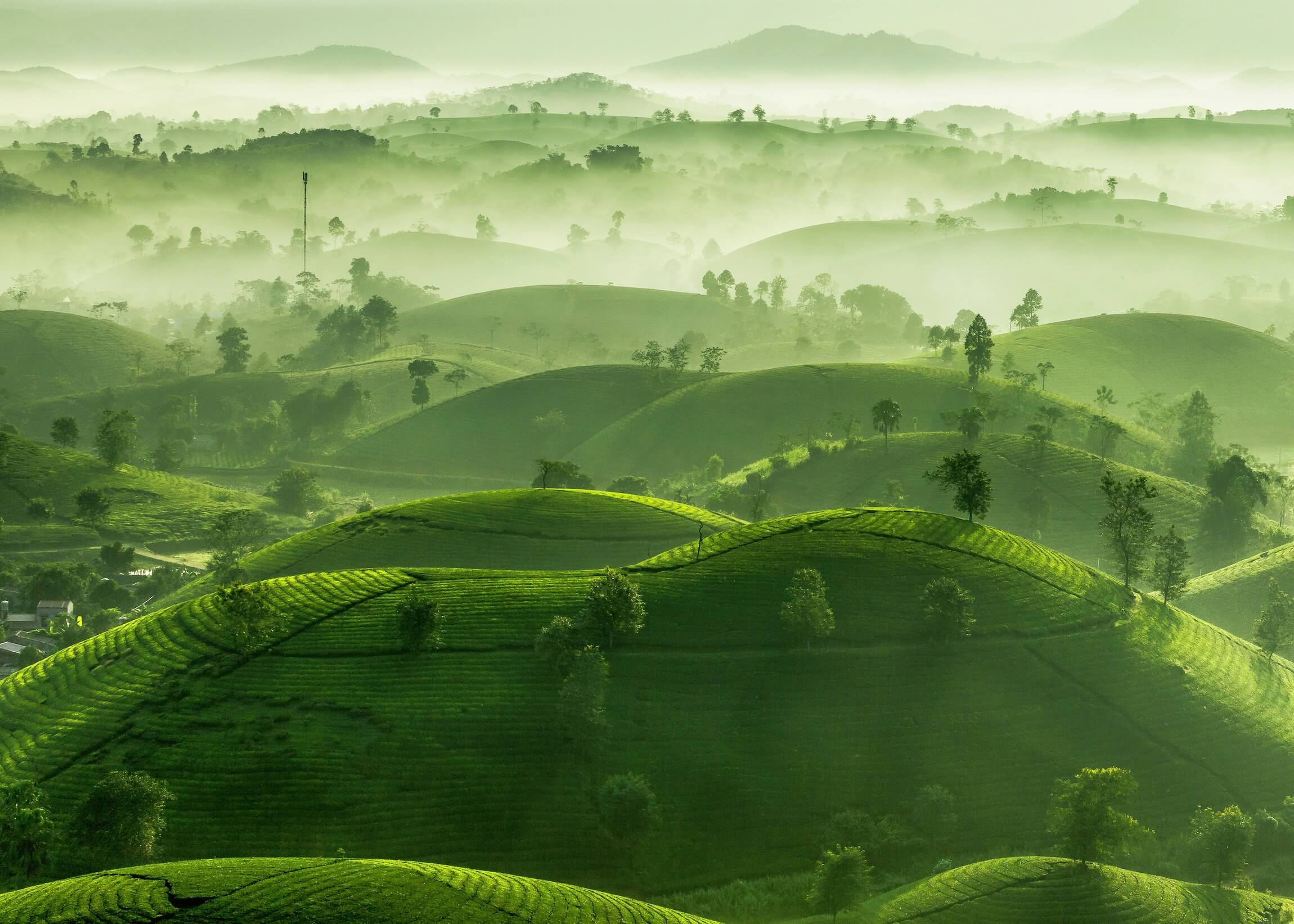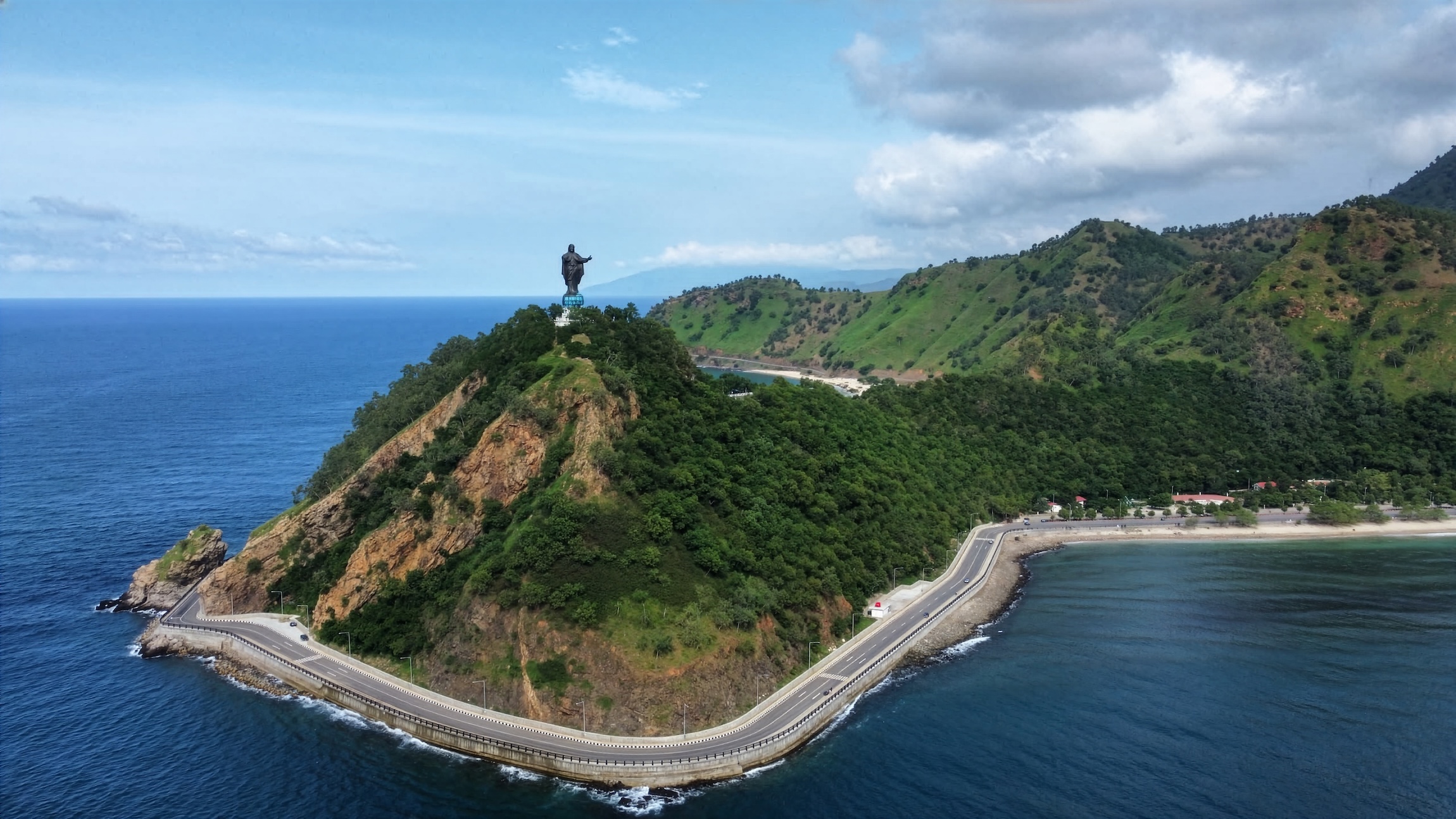




Given the triple planetary crisis that we face—pollution, climate change, and biodiversity loss—can we really envision living a life in harmony with nature by 2050?
The Intergovernmental Science- Policy Platform on Biodiversity and Ecosystem Services’ 2019 Global Assessment Report warns that around a million plant and animal species are on the brink of extinction due to the interlinked drivers of biodiversity loss, which include climate change. This is the worst species decline projected in human history.
Species and ecosystems have evolved to thrive in specific locations due to the range of temperatures they can tolerate. Certain species may become extinct if they are unable to adapt to this sharp spike in temperature brought about by climate change.
While climate change may lead to biodiversity loss, species decline resulting in ecosystem degradation weakens nature’s ability to regulate greenhouse gas emissions and act as our natural defence against the effects of climate change. Hence, both issues are interlinked and require equal attention and urgent actions.
Biodiversity loss and the changing climate
The COVID-19 pandemic caused a substantial decline in economic activities around the world; however, it also showed that reduced human activity can provide a pause for nature. It helped improve air quality in 70 per cent of ASEAN cities due to lockdowns and limited mobility of goods and people (ASEAN Centre for Biodiversity [ACB], 2023). Perhaps, as we recover from the pandemic, we should be calibrating our actions and interventions so we can continue to live sustainably, learning from our experiences in the last three years. Unfortunately, today, we seem to be breathing the same air quality we inhaled before the pandemic, especially in highly urbanised areas, and the increasing observed impacts of climate change aggravate our situation. ASEAN’s megacities such as Bangkok, Jakarta, Tuong Duong, and Luang Prabang experienced scorching heat waves and air pollution in 2023 alone, posing health-related risks as well as heart and lung problems (Newburger, 2023).
Southeast Asia is considered one of the most vulnerable areas to climate change impacts due to the increasing urban population, long coastlines, high population density and economic activities along coastal areas, consumption of biodiversity, and use of natural resources of populations offered by agriculture and forestry sectors for food supply and livelihoods (Asian Development Bank, 2009). Currently, we are experiencing these impacts in the form of more extreme typhoons, droughts, and storm surges, among others, causing a decrease in overall agricultural yields, affecting food supply and production, and wreaking havoc on other socio-economic activities— loss of livelihood, properties, and worst of all, lives of people while impeding social services and government operations.
Our healthy oceans, wetlands, and forests in the region shelter us and render us more resilient to these natural disasters. However, these ecosystems can only effectively function if protected and maintained within their threshold to absorb surrounding pressures. A degraded forest means fewer trees to hold the soil together to prevent flooding and erosion and retain rainwater needed to recharge our aquifers. A destroyed wetland means losing some of our natural water impounding systems, aggravating drought in some areas, or losing tributaries that provide the natural diversion for excess water from rainfall and rising sea levels. Depleting populations and the natural diversity of species create an imbalance that results in the proliferation of some and, worse, the extinction of others, creating opportunities for pests and new diseases to emerge. A polluted ocean smothers coral reefs that serve as spawning grounds for fish that contribute to our food security.
Development and reclamation, with disregard to natural coastal and marine ecosystems, affect the capacity of our oceans to sequester carbon and our coasts to serve as natural breakwaters against storm surges. Polluting our oceans threatens species that ensure the health of our marine ecosystems. According to the third edition of the ASEAN Biodiversity Outlook (2023), plastic wastes swimming in ASEAN’s oceans will have outnumbered its marine biodiversity by 2050, and 99 per cent of seabirds will have ingested them.
Forty-seven per cent of the ASEAN region’s total land area consists of forest ecosystems (ACB, 2023). Today, these forests remain threatened and are still considered “deforestation hotspots” as the demand for timber products and land conversion for agricultural use and human settlements continuously increases. The region’s forest cover is declining at a rate of 8,000 square kilometres annually (ACB, 2023), which is almost 10 times larger than Singapore.
Moreover, it is projected that the forests of Southeast Asia may contract by 5.2 million hectares (52,000 km2) under worst-case scenarios. However, in the best cases, it could expand by 19.6 million hectares (196,000 km2) (Estoque et al., 2019).
Biodiversity loss and pandemics
Given the concerning decrease in biodiversity and the effects of climate change, there is a considerable chance that another catastrophic pandemic may break out in the future.
The region is susceptible to zoonotic diseases, partly due to the high wildlife diversity of ASEAN, especially the range of species known to be natural hosts to several pathogens. In fact, a large number of species found in the ASEAN region have been linked to the leading causes of previous zoonotic outbreaks, including the Ebola Reston virus in the 1990s, the Nipah virus in 1998, the Severe Acute Respiratory Syndrome (SARS) in 2003, Avian Influenza AH5N1, the New Influenza AH1N1 in the 2000s, and the coronavirus disease in 2019. Couple this with higher temperatures and precipitation that promote pathogen transmission (Guernier et al., 2004), land-use change that increases human-wildlife interactions, socio-economic factors, low reporting effort, and the rise in antimicrobial drug use (Jones et al., 2008), and Southeast Asia becomes veritable hotspot for zoonotic diseases (Bordier and Roger 2013).
However, the prevention of these diseases may also lie in ASEAN’s biological richness. Pharmaceuticals can be made from the by-products of different plant and animal species, and vaccines may be developed from the rich microbiota of the region, many of which remain unidentified. Curbing wildlife trade and reducing contact between humans and wildlife by properly enforcing boundaries between human settlements and wildlife habitats also reduce the risk of transmission. A diverse assemblage of wildlife may have a dilution effect on the impact of the disease reservoir (Ostfeld and Keesing, 2000).
Solutions are in nature
On 19 December 2022, the Kunming- Montreal Global Biodiversity Framework (KM GBF) was officially adopted in Montreal, Canada. The framework has 23 action-oriented global targets that must be addressed, acted upon, and achieved by 2030, enabling us to live in harmony with nature by 2050.
More than 190 states agreed and signed to protect 30 per cent of the global lands and waters, reduce food waste by 50 per cent, and annually mobilise at least 272 billion Canadian dollars as global biodiversity funds by 2030.
The ASEAN recognises the urgent need to address climate change through mitigation and adaptation, as aligned with Target 8 of the KM GBF. In the spirit of unity and regional call and action to contribute to Target 8, the ASEAN Leaders, during the 43rd ASEAN Summit in Jakarta, Indonesia expressed the significance of nature-based solutions to protect biodiversity as a post-pandemic recovery and further build the resilience of the region against zoonotic diseases.

The ASEAN region is home to three of the world’s megadiverse countries and harbours rich species diversity and vast ecosystems that can provide layers of protection from the impacts of climate change and serve as sources of food and livelihoods for diverse populations in the ASEAN.
Our coastal and marine ecosystems, such as mangroves and coral reefs, can protect us from storm surges and intense flooding, prevent soil erosion, and sequester carbon dioxide from the atmosphere, which can mitigate the impacts of climate change.
ASEAN is likewise endowed with at least 12 forest types that can counter strong winds and protect vulnerable areas. They absorb large amounts of rainfall to help prevent sudden rise of water levels in flood-prone areas. Our rich and diverse species in trees and in wildlife are our key to more resilient ecosystems, and the genetic diversity in wild foods can be valuable sources of disease-resistant and pest-resistant protein and have valuable potential for food productivity.
‘One ASEAN’ for biodiversity
As the region’s response to biodiversity loss and other related challenges, the ASEAN Centre for Biodiversity (ACB) has been facilitating coordination and cooperation among the ASEAN Member States in safeguarding ecosystems and biological diversity from various threats since its establishment in 2005. In cooperation with the ASEAN Secretariat, the Member States, and ASEAN’s dialogue and development partners, the ACB supports the management and conservation of 57 ASEAN Heritage Parks—protected areas of high importance that contribute to species and habitat conservation.
Through the ASEAN Green Initiative, the ACB promotes planting at least 10 million native trees across the 10 ASEAN Member States in 10 years by recognising outstanding ecosystem restoration initiatives in the region.
Moreover, with the support of its dialogue partners such as the European Union and the Federal Government of Germany through the KfW and GIZ, the ACB has been implementing national and regional projects since 2005 to (1) promote awareness among the ASEAN citizens of the value of biodiversity conservation through different communication, education, and public awareness (CEPA) activities; (2) provide management and technical assistance to the ASEAN Member States in their biodiversity conservation initiatives; (3) design and implement capacity-enhancement activities for AHPs and protected area management; (4) promote sustainable livelihood benefiting communities living in and around the AHPs; and (5) mainstream biodiversity conservation consideration into other development sectors.
ASEAN leaders emphasised the role of nature-based solutions to improve the region’s resilience against the impacts of climate change and pandemics through the ASEAN Comprehensive Recovery Framework (ACRF). The ACRF acknowledges the importance of ASEAN centres in ensuring the successful execution of its policies. Indeed, the ACB helps the region adopt a whole-of-society approach to pandemic response, recovery, and prevention, in addition to strengthening resilience to natural disasters and the effects of climate change. The ACB’s support for the ACRF’s implementation also includes raising ASEAN citizens’ awareness of biodiversity and encouraging them to adopt practices that tackle the underlying causes of pandemics and zoonosis.
In September 2023, the ACB and the ASEAN Business Advisory Council formalised a partnership to establish the ASEAN Business and Biodiversity Initiative. This regional platform will push for the climate action agenda in ASEAN. This initiative will actively contribute towards transitioning to a greener and sustainable future for ASEAN by mainstreaming biodiversity and nature-based solutions to climate change in the strategic priorities of the region’s business sector.
The road to living in harmony with nature may seem elusive and challenging, but the journey becomes more manageable with sound and sustainable policies articulated through leaders’ statements and guidance, strengthened support for science-based and participative decision-making, increasing cross-pillar and cross-sectoral collaboration, and stronger regional cooperation that promotes ASEAN centrality and a whole-of-society approach. With these concerted efforts, curbing the impacts of climate change and halting biodiversity loss in the ASEAN region will not be impossible.








